Recipes – № 27
Braised Veal and Polenta
Braising transforms a cheap cut of bone-in meat into a tender, succulent and incredibly tasty indulgence. It involves first browning the meat and then gently cooking it, partially submerged in flavorful liquids and aromatic vegetables. The prospect of braising may seem daunting to some, since it isn’t quite as elementary as throwing a piece of meat in a skillet, but it’s actually much more forgiving than quick-cooking preparations like pan-frying or grilling. There's no reason to believe that your first braise shouldn't be wickedly delicious.
One of the best things about braising is the braising liquid, which I’m invariably even more excited about than the meat. You couldn’t make a more deeply flavored, umami-laden sauce if you tried. Not surprisingly, braised meat is best accompanied by starches that pair well with a sauce or gravy. Mashed potato and polenta are great options. Hand-shredded braised meat and braising liquid also make a first-rate pasta sauce.
Beef, pork, lamb/mutton, goat, and chicken all make a good braise, but one of my favorites is veal, especially in combination with polenta. It’s a deeply comforting dish and the presentation of a bowl of soft polenta with some sauce swimming on the perimeter and a few chunks of veal sitting on top is somehow simultaneously elegant and rustic. It transports me into a stone hut in the Italian Alps during a snowstorm, sitting in front of an open fire. I have a vivid imagination. Or maybe it’s just a very evocative dish.

Serves 6
3 to 3 ½ lbs bone-in cuts of veal shoulder or another cut with lots of connective tissue
3 Tbsp olive oil
2 medium onions
2 carrots
1 celery stalk
6 thyme twigs
1 bay leaf
4 parsley twigs
4 black peppercorns
5 garlic cloves, peeled
6-7 oz jarred or canned tomatoes (around 3 plum tomatoes incl. sauce)
3/4 cup dry white wine
2 cups chicken broth, preferably homemade
Two recipes polenta, for which you’ll need:
2 cups (dry) polenta
6 Tbsp olive oil
1 Tbsp Fine sea salt

Season the veal with kosher salt on both sides, ideally at least 1 hour before cooking. Peel the onions and carrots and chop coarsely along with the celery. Peel the garlic. Pre-heat the oven to 325F.
Warm a lidded braising pan over medium-high heat. (If you don’t have a braising pan, see below for workarounds.) Add the olive oil and brown the veal on both sides, around 10-15 minutes. Remove the veal and set aside. Lower the heat to medium and sauté the onions, carrots, celery, thyme, parsley, bay leaf and peppercorns in the same pan with some salt until soft, around 5 minutes. Add the garlic and sauté for another minute. Add the white wine and tomatoes and simmer for 10 minutes or so, taking care to scrape up all the brown bits off the pan with a wooden spoon or spatula. Add the chicken broth and veal, add more salt if the broth is unsalted, and bring to a boil. Cover and transfer the pan to the oven. Cook in the oven for 2.5 to 3 hours total. Remove the cover for the last 20-30 minutes.
Meanwhile, prepare the polenta according to the linked recipe, with quantities and cooking time doubled. (The linked polenta recipe is for 4 people, so doubling it would imply more than you'd need for 6 people, but since polenta is the bulk of this dish, it’s nice to have a little more). Since you'll be serving the polenta in bowls, add around 0.5 cups more water than the recipe calls for so you'll get a slightly soupier consistency.
Remove the veal from the pan and strain the braising liquid through a fine sieve. You should end up with close to 2 cups of liquid. If you have less, then add some hot water to make up the difference. Carefully skim off most of the liquid fat with a ladle (this is easiest using a tall container such as a Pyrex measuring cup). Taste for salt and add as needed.
Plating:
Take the veal off the bones and break into a few large chunks. Scoop the polenta into soup plates or large individual bowls, carefully add some braising liquid to each bowl (leaving the polenta surface intact) and place a few pieces of veal on top. Leftover veal should be stored and reheated in the braising liquid.
Braising pan:
An ideal braising pan is a) heavy (typically cast iron), so heat is distributed evenly, b) wide enough to brown the meat in one layer yet small enough for the meat to be semi-submerged in braising liquid, c) lidded and not too tall, so that the steam can be trapped effectively to prevent the meat from drying out, and d) without any plastic parts, which would melt in the oven. Here are some great options: A 12-inch Lodge cast iron pan with a cast iron cover. Or the fancy option: A Le Creuset 3 1/2 quart braiser.
Alternatively, you could cover a large, 12-inch cast iron pan with aluminum foil. If you don’t have a cast iron pan, then use a large pot and cover the meat inside the pot with a piece of parchment paper cut to the shape of the inside of the pot (you can thank Alice Waters’ The Art of Simple Food for that trick). One last option: you could transfer the contents of the pot into a glass baking dish and cover with foil before placing it in the oven.

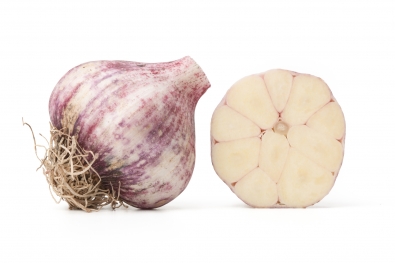
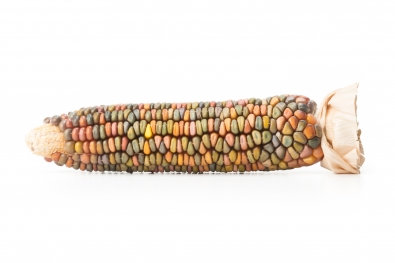
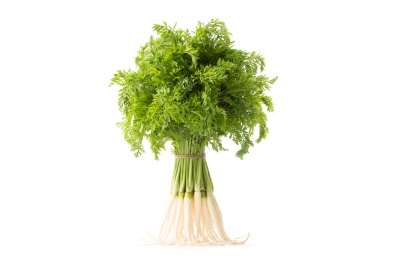
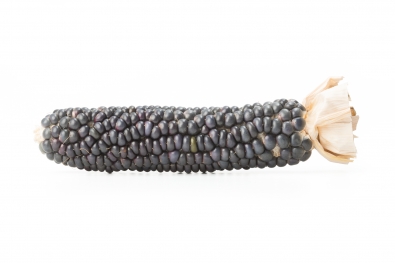
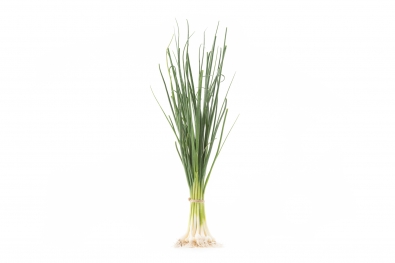
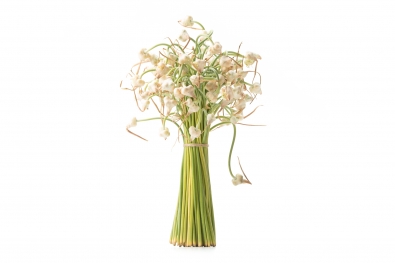
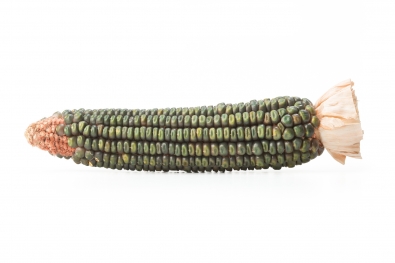
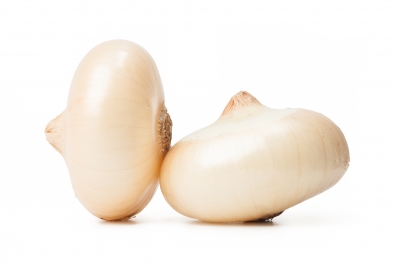
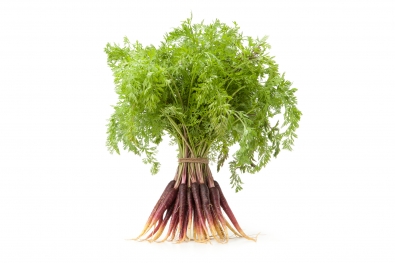
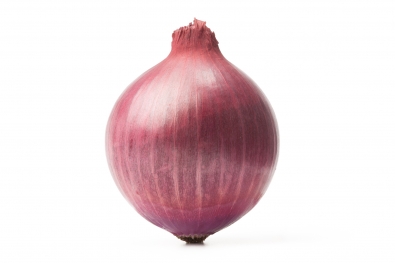
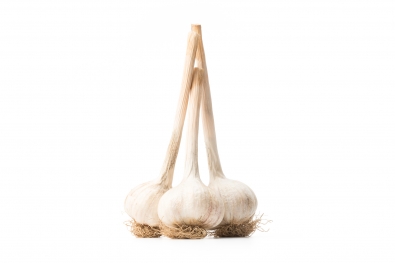
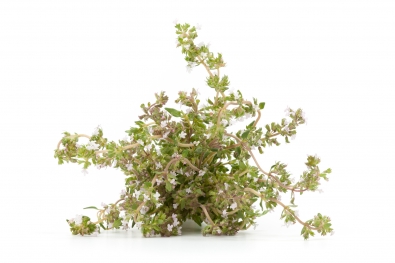
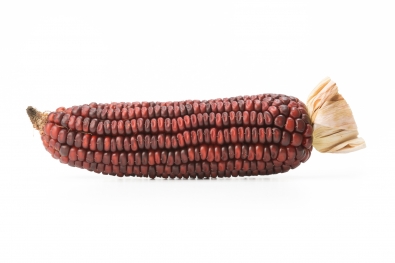
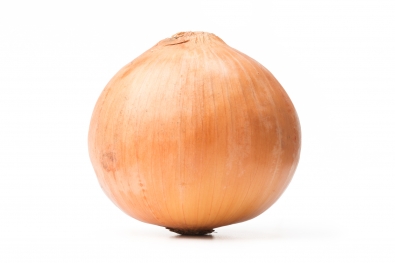
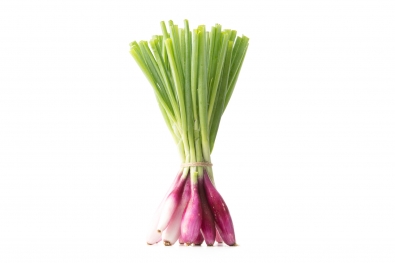
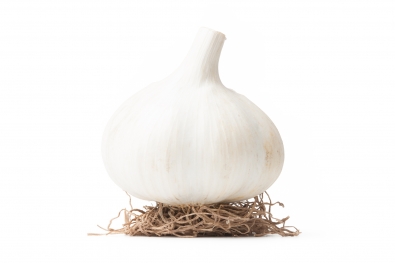
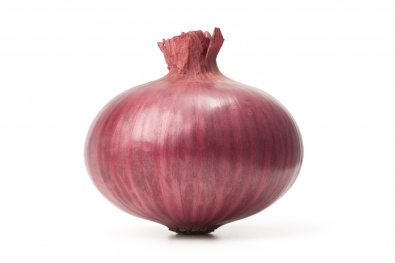
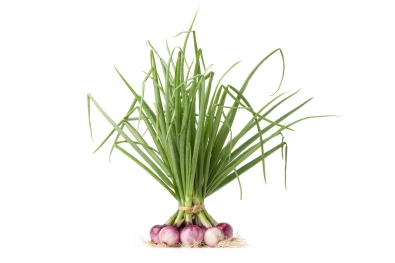
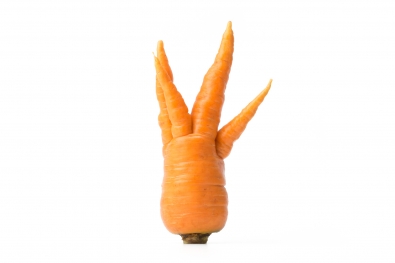
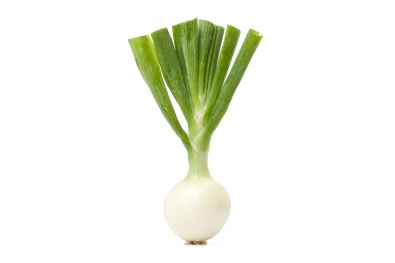
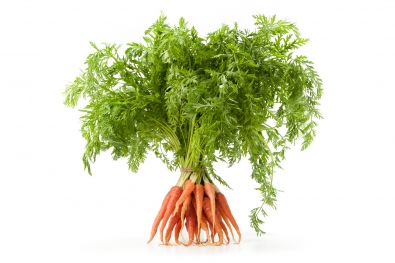
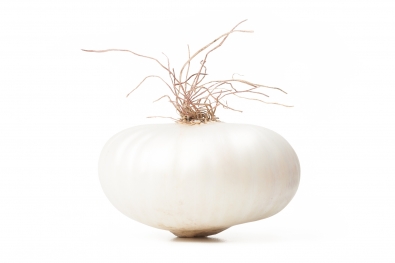
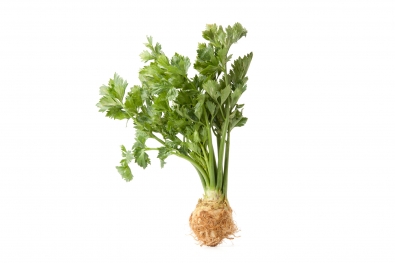
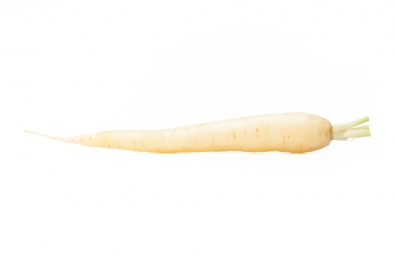
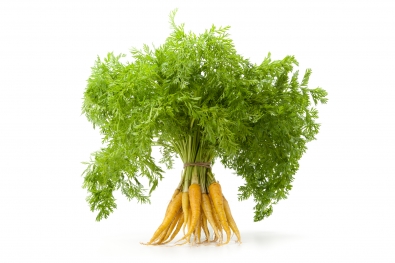
Add a comment